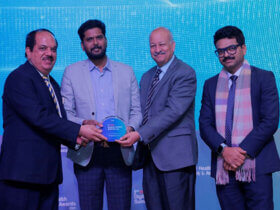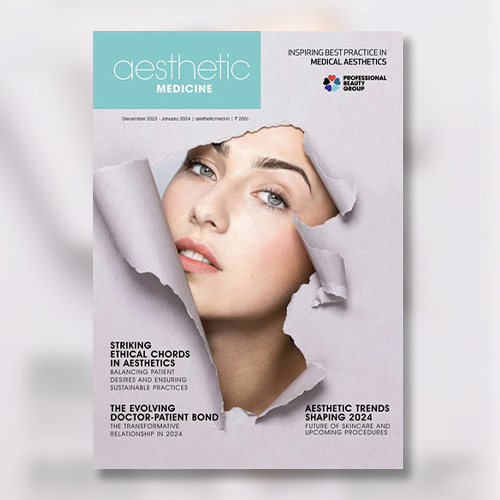The desire to look perfect and to have flawless skin is fueling, and will continue to drive, the usage of facial fat transfer globally.
The global facial fat transfer market size is anticipated to reach USD 4.2 billion by 2026, at a CAGR of 10.7%, according to a new report by Grand View Research, Inc. The growth of the market is attributed to various benefits of fat grafting and the growing geriatric population. Technological advancements in aesthetic devices are also anticipated to fuel market growth.
The current demand for face-lifts and other facial aesthetic cosmetic procedures is mainly due to individual’s dissatisfaction with their appearance and a strong desire for a youthful appearance.
Fat transfer procedures with abdomen as donor site dominated the market share in 2018. This can be attributed to high adipocyte viability of fat obtained from this region. North America dominated the market in 2018. This can be attributed to the availability and adoption of advanced treatment options in this region. Some of the key companies profiled in the report are Ranfac Corp; Cytori Therapeutics, Inc.; Allergan Plc.; Medikan International Inc.; and Stanford Health Care.
According to the United Nations data, individuals above the age of 65 years are accounted for nearly 9% in 2019, while the number is estimated to reach nearly 11% by 2050. In addition, the number of individuals aged above 80 years is 143 million in 2019 and is expected to reach 426 million in 2050. The facial skin of ageing people is prone to deep wrinkles, dry skin, volume loss and elasticity loss, thereby driving the facial fat transfer market growth.
The market is characterised by few established players and several start-ups or small enterprises. This can be attributed to the presence of ambiguous regulatory scenario and capital intensive product development process. The clinicians and plastic surgeons performing these procedures are also limited in number and have high fees, thus significantly affecting the adoption of this technique.
Source: PRnewswire.com










Leave a Reply